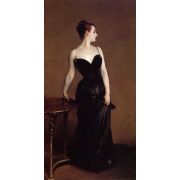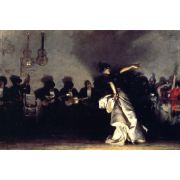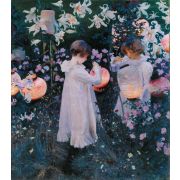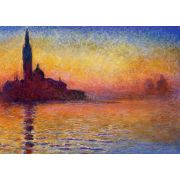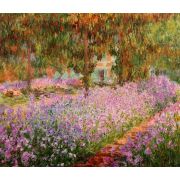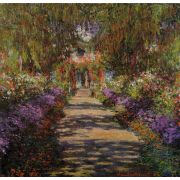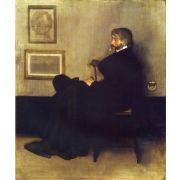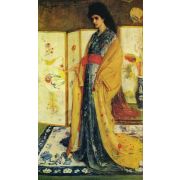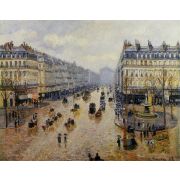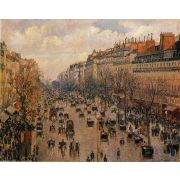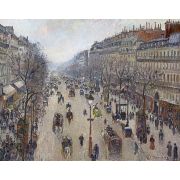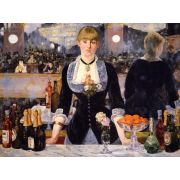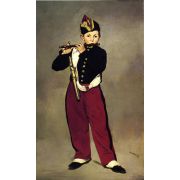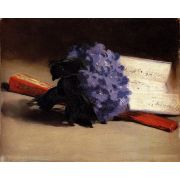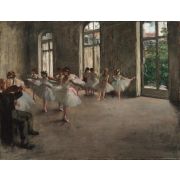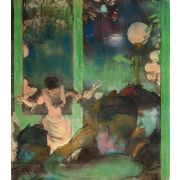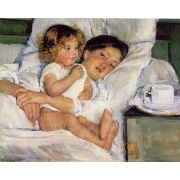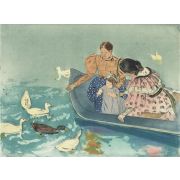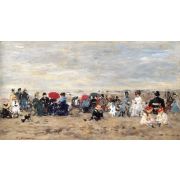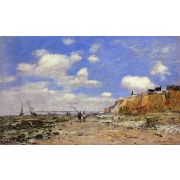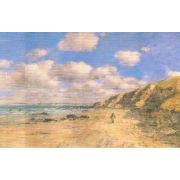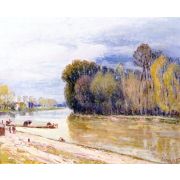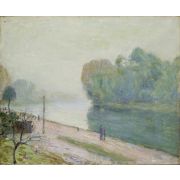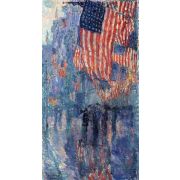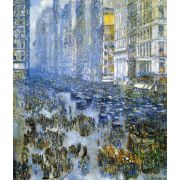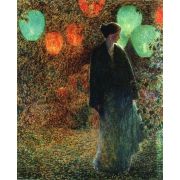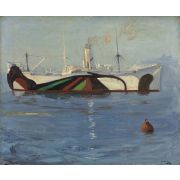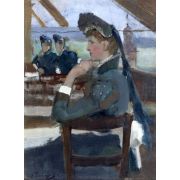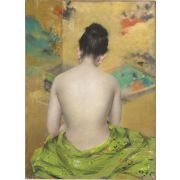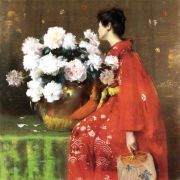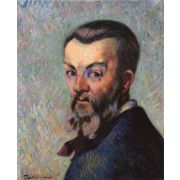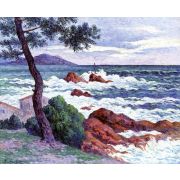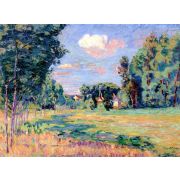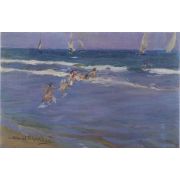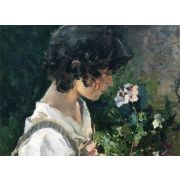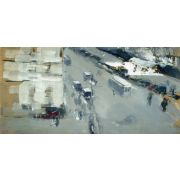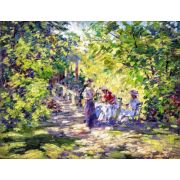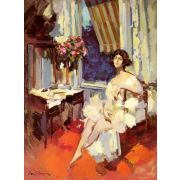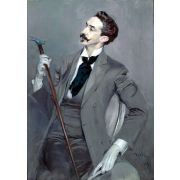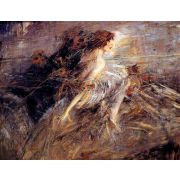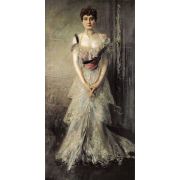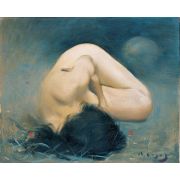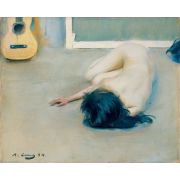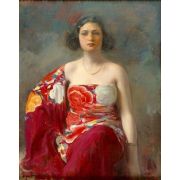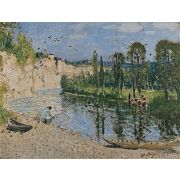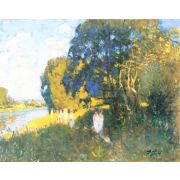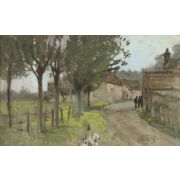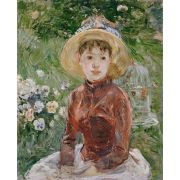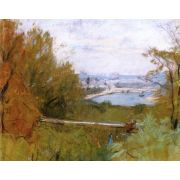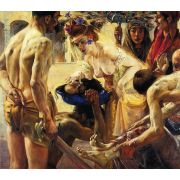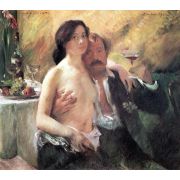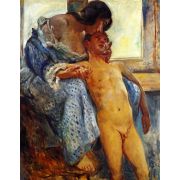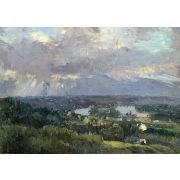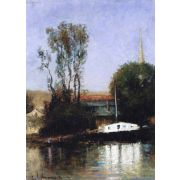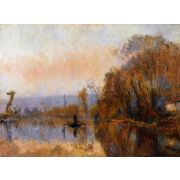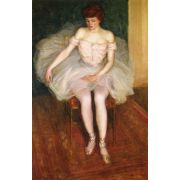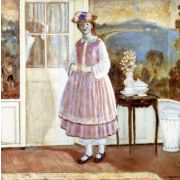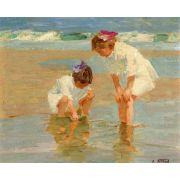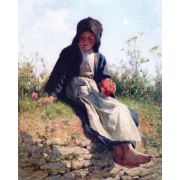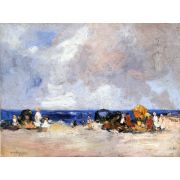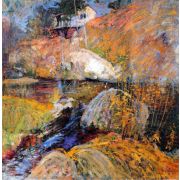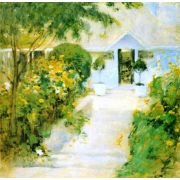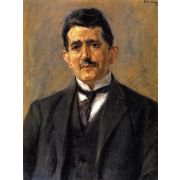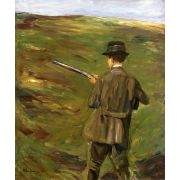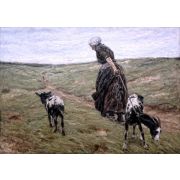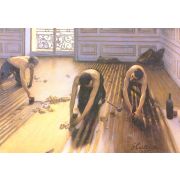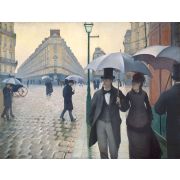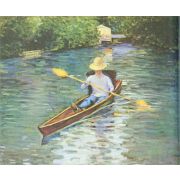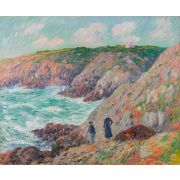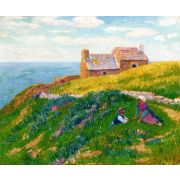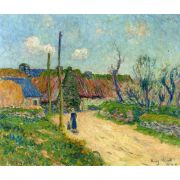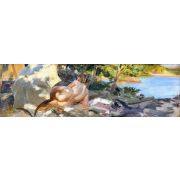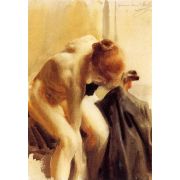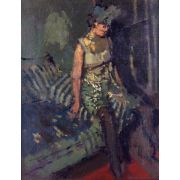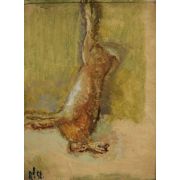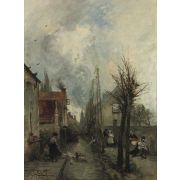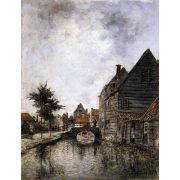
Impressionism
Impressionism
1 to 30 out of 130 artists
John Singer Sargent
1856 -1925, American / Realism and Impressionism, 1681 works
Claude Monet
1840 -1926, French / Impressionism, 1388 works
James Abbott McNeill Whistler
1834 -1903, American / Impressionism, 330 works
Camille Pissarro
1830 -1903, French / Neo-Impressionism and Impressionism, 1205 works
Édouard Manet
1832 -1883, French / Realism and Impressionism, 303 works
Edgar Degas
1834 -1917, French / Realism and Impressionism, 773 works
Mary Cassatt
1844 -1926, American, Female Artist / Impressionism, 374 works
Eugène-Louis Boudin
1824 -1898, French / Impressionism and Barbizon School, 1402 works
Alfred Sisley
1839 -1899, French / Impressionism, 759 works
Frederick Childe Hassam
1859 -1935, American / Impressionism, 759 works
Sir John Lavery, R.A.
1856 -1941, Irish / Glasgow School and Impressionism, 738 works
William Merritt Chase
1849 -1916, American / American Landscape and Impressionism, 656 works
Armand Guillaumin
1841 -1927, French / Impressionism, 613 works
Joaquin Sorolla y Bastida
1863 -1923, Spanish / Impressionism, 601 works
Constantin Alexeevich Korovin
1861 -1939, Russian / Impressionism, 509 works
Giovanni Boldini
1843 -1931, Italian / Realism , Kitsch , and Impressionism, 441 works
Ramon Casas y Carbó
1866 -1932, Spanish / Modernism and Impressionism, 348 works
Pierre-Eugène Montézin
1874 -1946, French / Impressionism, 335 works
Berthe Morisot
1841 -1895, French, Female Artist / Impressionism, 335 works
Lovis Corinth
1858 -1925, German / Impressionism and Expressionism, 333 works
Albert Lebourg
1849 -1928, French / Impressionism, 332 works
Frederick Carl Frieseke
1874 -1939, American / Impressionism, 328 works
Edward Henry Potthast
1857 -1927, American / Impressionism, 324 works
John Twachtman
1853 -1902, American / Impressionism, 294 works
Max Liebermann
1847 -1935, German / Impressionism, 293 works
Gustave Caillebotte
1848 -1894, French / Impressionism, 289 works
Henry Moret
1856 -1913, French / Impressionism, 283 works
Anders Zorn
1860 -1920, Swedish / Realism and Impressionism, 274 works
Walter Richard Sickert
1860 -1942, German / Impressionism and Post-Impressionism, 259 works
Johan Barthold Jongkind
1819 -1891, Dutch / Realism and Impressionism, 257 works
1 to 30 out of 130 artists
Impressionism is an art movement from the 19th century that is characterized by small, thin brushstrokes that are still visible, open compositions, a focus on accurately showing how light changes over time (often by emphasizing the effects of time passing), everyday subjects, movement as an essential part of how people see and experience the world, and unusual visual angles. Impressionism was started by a group of Paris-based artists who became well-known in the 1870s and 1880s through their shows.
In France, people who liked traditional art were very against the Impressionists. The name of the style comes from the title of a painting by Claude Monet called "Impression, Sunrise." The critic Louis Leroy came up with the term in a satirical review for the Parisian newspaper Le Charivari.
Soon after impressionism grew in the visual arts, similar styles appeared in music and writing. These styles became known as impressionist music and impressionist writing.
Early Impressionists broke the rules of academic painting, which made them seem like radicals at the time. Following the lead of painters like Eugène Delacroix and J. M. W. Turner, they built their pictures with loosely brushed colors that were more important than lines and shapes. They also painted scenes of modern life that were true to life and often painted outside. In the past, most paintings of still lifes, portraits, and landscapes were done in a studio. By painting outside, en Plein air, the Impressionists found that they could capture the short-lived effects of sunlight. They painted significant picture effects instead of small details and used short "broken" brush strokes of mixed and pure unmixed colors instead of the usual smooth blending or shading to make the colors vibrate strongly.
Impressionism started in France at the same time that other painters, like the Macchiaioli in Italy and Winslow Homer in the United States, were experimenting with painting in the open air (en Plein air). On the other hand, the Impressionists made up new ways to do things that fit the style. The people who liked it said it was a different way of seeing. It is an art of movement and immediacy, natural poses and compositions, and the way light plays with bright and other colors.
Even though art critics and the establishment didn't like the new style, the public slowly saw that the Impressionists had created something new and different.
Impressionism paved the way for many other painting styles, such as Neo-Impressionism, Post-Impressionism, Fauvism, and Cubism. It did this by recreating the feeling the subject gives the viewer's eye instead of drawing out the details of the issue.
In the middle of the 19th century, when Emperor Napoleon III was rebuilding Paris and going to war, the Académie des Beaux-Arts was France's most important art school. The Académie was in charge of keeping the content and style of traditional French painting alive. People liked images of history, religion, and portraits, but not landscapes or still lifes. The Académie liked pictures that were carefully finished and looked real when looked at closely. In this style, paintings were made with precise brushstrokes that were carefully blended to hide the artist's hand. The color was kept to a minimum, and a golden varnish was often used to tone it down even more.

